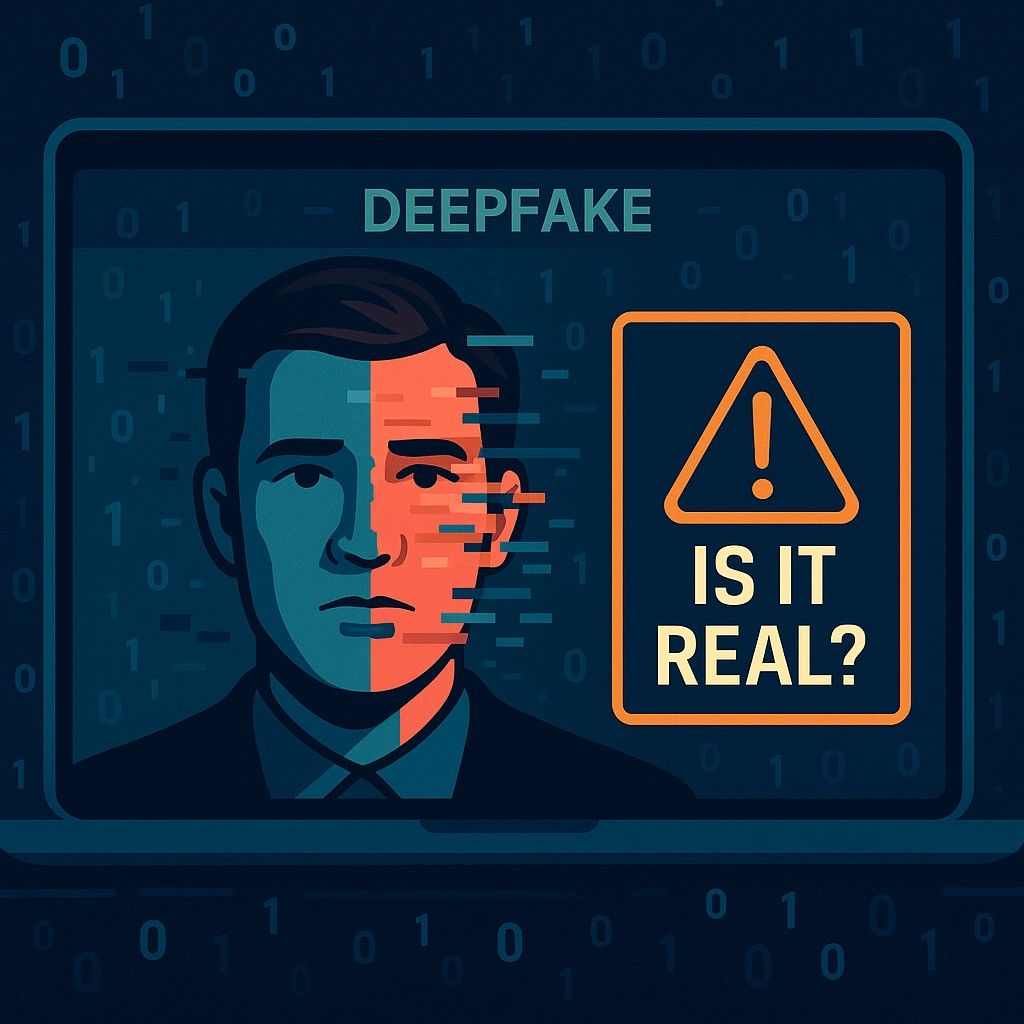In today’s digital age, where technology is advancing rapidly, a new and alarming threat is rising — digital deepfake videos. These videos use artificial intelligence (AI) to swap faces, mimic voices, and create hyper-realistic fake content that looks authentic. While initially deepfakes were used for entertainment, now they have become a dangerous tool for spreading misinformation, defaming people, and committing cybercrimes.

What Are Deepfake Videos?
Deepfake videos are AI-generated clips that replace a person’s face or voice with someone else’s, making it appear as though the individual is saying or doing things they never actually did. This is achieved through deep learning algorithms and large data sets of images and audio recordings.
For example, a video might show a famous person giving a statement they never made, or show someone involved in an incident they were never part of. The technology has become so advanced that it is often difficult for a common viewer to identify whether a video is fake or real.
Why Are Deepfakes Dangerous?
The misuse of deepfake technology poses several serious risks:
- Misinformation & Fake News: Deepfakes can spread false political statements or fabricated events.
- Character Assassination: Criminals can damage a person’s reputation by putting their face on controversial videos.
- Cyberbullying: Individuals can become targets of online harassment.
- Financial Frauds: Deepfake voices and videos can be used to trick people into sending money or sensitive information.
- Threat to National Security: Deepfakes can be used for propaganda or spreading panic.
How to Identify Deepfake Videos
While deepfake videos are becoming harder to detect, there are a few signs you can look for:
- Unnatural blinking or facial expressions.
- Lip movements not matching the audio.
- Slight blurring around the face.
- Odd lighting and inconsistent skin tone.
- Missing reflections in eyes or glass.
How to Stay Safe
- Verify the source before trusting or sharing any sensational video.
- Use reverse image or video search tools.
- Avoid forwarding unverified content.
- Stay updated with cyber awareness campaigns.
- Report any suspicious videos to the concerned authorities.
Conclusion
Deepfake videos are a growing digital danger that can harm individuals, societies, and even nations. As responsible internet users, it’s crucial to be alert and aware of such content. Remember — think before you believe and share.

Narendra Singh is the founder of this website. He has considerable experience in the hotel industry. Through his articles, he expresses his views to make people aware of the evils going on in the society and to avoid them. To fulfill this objective, he has switched his 18 years long career of the hotel industry and entered in his favorite and interesting career, media. He not only warns against social evils, Rather, by using the Right to Information Act 2005, they expose social evils and inform the concerned department for action against the culprits.
